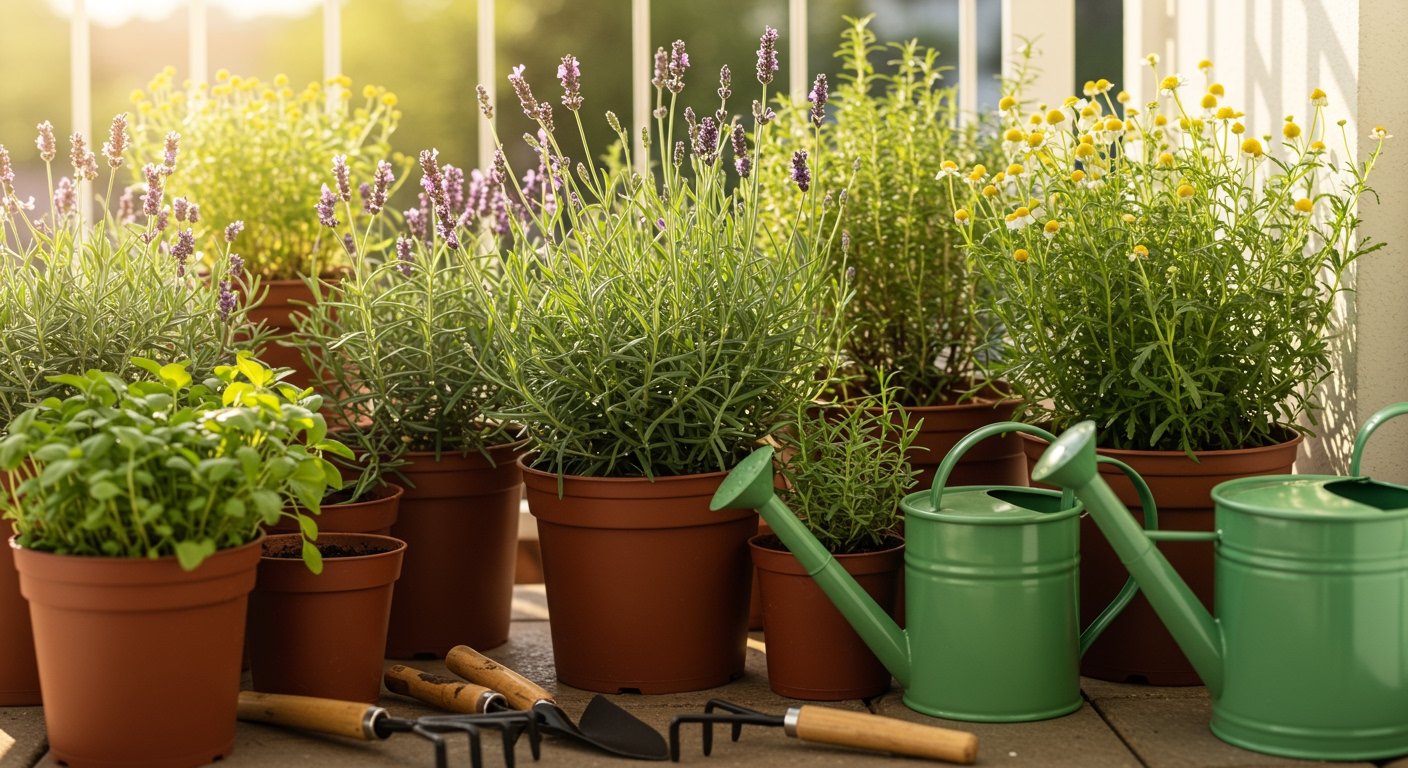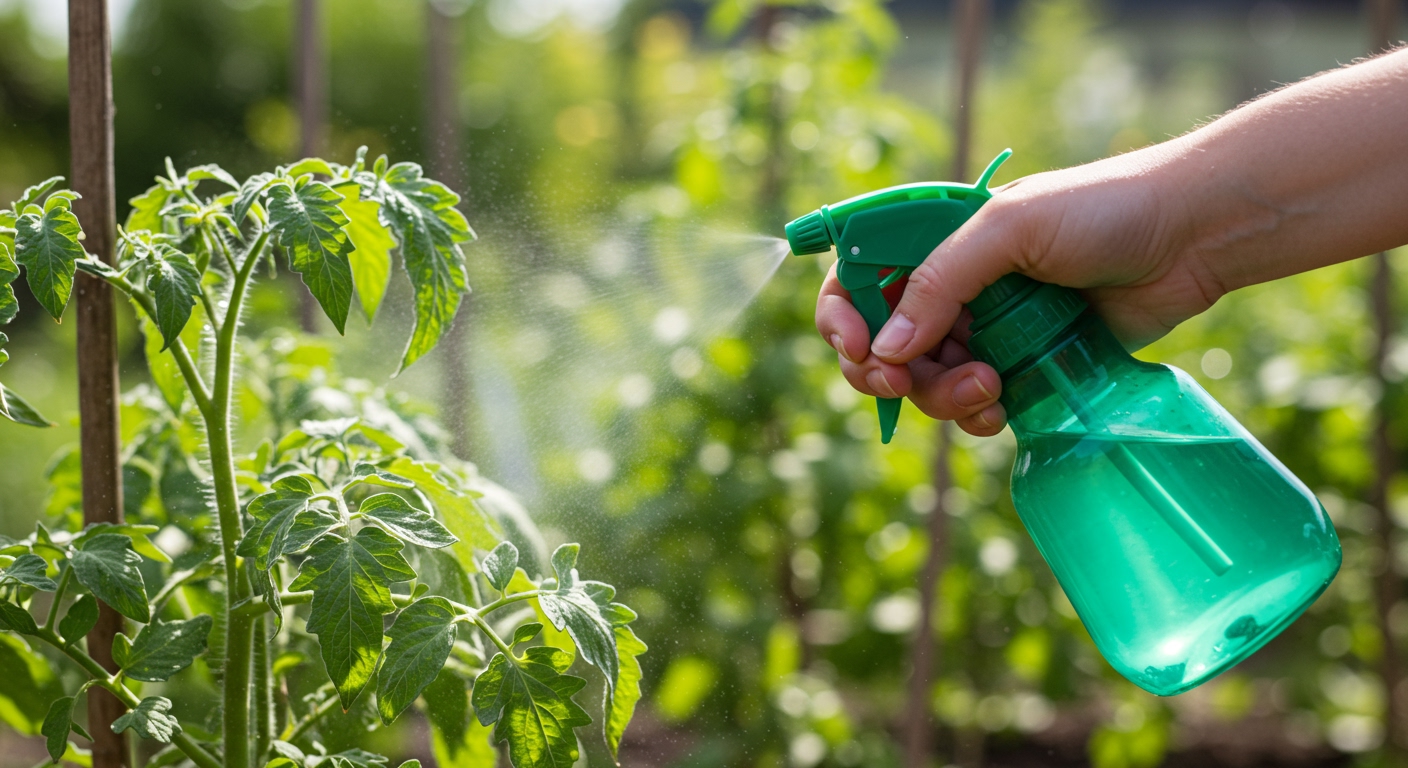I. Introduction: Safeguarding Your Wardrobe from the Silent Invader
Few things are as frustrating as reaching for your favorite outfit only to discover that familiar musty smell and tell-tale fuzzy patches. Mold and mildew are pervasive problems, especially for clothes stored in closets, and they thrive in humid environments. This silent invader doesn’t just make your clothes smell unpleasant; it can also cause irreversible fabric damage, leading to discolored spots, weakening fibers, and ultimately, ruined garments. Beyond the financial impact of replacing cherished items, mold can also pose potential health concerns, especially for those with allergies or respiratory sensitivities.
But don’t despair! You’ve landed on the ultimate resource. This comprehensive guide will equip you with proactive and highly effective strategies for how to prevent mold growth on clothes in closet, ensuring a fresh, mold-free wardrobe and giving you complete peace of mind. We’ll provide practical, authoritative advice to help you reclaim your closet from these unwelcome guests.
II. Understanding the Enemy: What is Mold and Why Does it Love Your Closet?
Before we dive into prevention, it’s crucial to understand what we’re up against. Mold and mildew are types of fungi, and they reproduce by releasing microscopic spores into the air. These spores are everywhere, virtually invisible, and constantly seeking the perfect place to settle and grow. Your closet, unfortunately, often provides an ideal breeding ground.
Mold needs four key conditions to thrive, and your closet frequently offers them all:
- 1. Moisture/Humidity: This is the most critical factor. Mold absolutely loves dampness. Closets, especially those against exterior walls or in poorly ventilated areas, can easily accumulate moisture, creating the perfect humid microclimate for mold spores to activate and spread.
- 2. Darkness: Mold fungi don’t need light to grow; in fact, they prefer dark environments. The typically dim interior of a closed closet is therefore an ideal low-light setting.
- 3. Stagnant Air: A lack of proper ventilation prevents moisture from escaping and allows airborne mold spores to settle undisturbed. Tightly packed closets with no airflow are a mold paradise.
- 4. Food Source: Mold feeds on organic materials. Unfortunately, this includes the very fibers of your clothes (cotton, wool, silk), dust particles, lint, and even the drywall or paint on your closet walls.
Recognizing the signs of mold growth on clothes in closet early is vital. Look for visual cues like small, fuzzy spots (often green, black, white, or brown), discoloration, or a general musty smell in your wardrobe. Don’t ignore these warning signs!
III. Immediate Action: Addressing Existing Mold in Your Closet
If you’ve already discovered mold, it’s time for immediate action. Safety is paramount:
A. Safety First
Before tackling mold, always wear protective gear. This includes rubber gloves to protect your hands and an N95 mask to prevent inhaling spores, which can irritate your respiratory system [1].
B. Treating Affected Garments
- 1. Isolation: Immediately remove moldy items from your closet to prevent spores from spreading to other garments. Take them outside if possible to brush off loose spores before treating.
- 2. Cleaning Methods:
- a. For Washable Fabrics: For robust, washable items, create a solution of equal parts white vinegar and water, or use a borax paste. For whites, oxygen bleach (non-chlorine) can be highly effective. Always patch test first. Launder the items in the hottest water safe for the fabric, adding a cup of white vinegar to the wash cycle.
- b. For Dry-Clean Only Items: Do not attempt to treat these yourself. Take them to a professional dry cleaner, informing them that the items have mold.
- c. Drying Thoroughly: This step is crucial. After cleaning, ensure garments are completely dry before re-storing them. Air drying in direct sunlight (if fabric-appropriate) can also help kill remaining spores.
C. Decontaminating the Closet Space
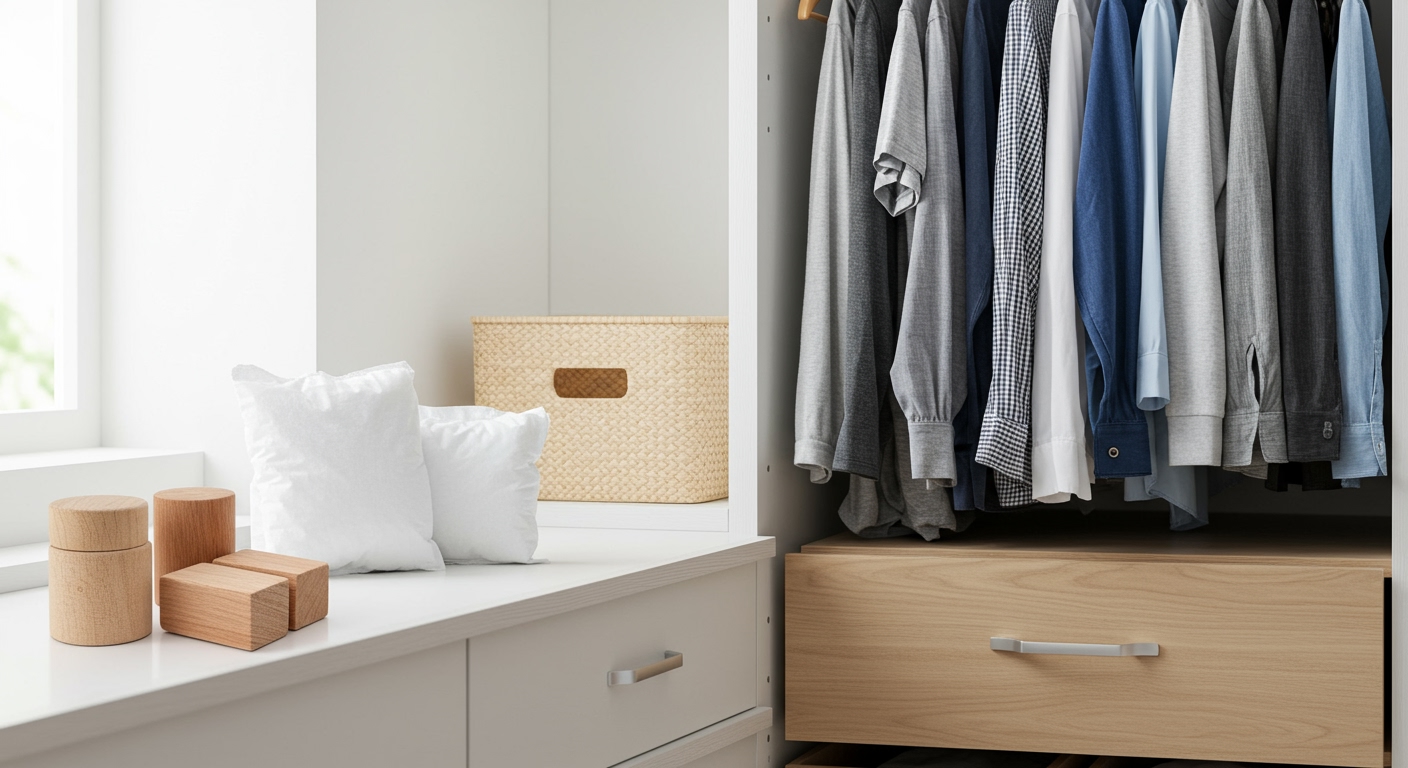
- 1. Empty and Assess: Remove all clothing, shoes, and accessories from the closet. Inspect walls, shelves, and flooring for any signs of mold.
- 2. Cleaning Solutions: For hard surfaces, wipe down with a solution of equal parts white vinegar and water. For more severe cases, a diluted bleach solution (1 cup bleach per gallon of water) can be used, but ensure proper ventilation and protect surrounding materials. Commercial mold cleaners are also an option.
- 3. Airing Out: Once cleaned, leave the closet doors open for at least 24-48 hours with a fan blowing into it to ensure it is completely dry and well-ventilated before returning any items.
D. When to Call a Professional
If you encounter extensive mold growth, particularly on walls or structural elements, or if the mold returns quickly despite your best efforts, it might indicate a larger structural problem like a hidden leak. In such cases, it’s wise to call a professional mold remediation specialist.
IV. Proactive Prevention: Your Blueprint for a Mold-Free Closet
Now, let’s focus on how to prevent mold growth on clothes in closet, ensuring it never becomes an issue again. These proactive steps are your best defense.
A. Humidity Control: Your Primary Defense Against Mold
Controlling moisture is the single most effective way to prevent mold. The ideal humidity level for clothes storage and overall indoor comfort is between 30-50% [2].
- 1. Dehumidifiers:
- a. Electric Dehumidifiers: For larger closets or rooms with significant dampness, an electric dehumidifier is highly effective. It actively removes moisture from the air.
- b. Desiccant Packs: For smaller closets or drawers, silica gel packets, activated charcoal bags, or moisture absorbers (like calcium chloride products such as DampRid) are excellent, affordable options. They absorb ambient moisture without electricity.
- 2. Natural Moisture Absorbers: Cedar wood blocks or shavings can naturally absorb some moisture and also act as a pest repellent. Even simple chalk can help absorb minor dampness.
- 3. Monitor Humidity: Invest in a hygrometer to accurately track the humidity levels in your closet and room, allowing you to react quickly if levels rise.
B. Optimizing Air Circulation: The Breath of Life for Your Wardrobe
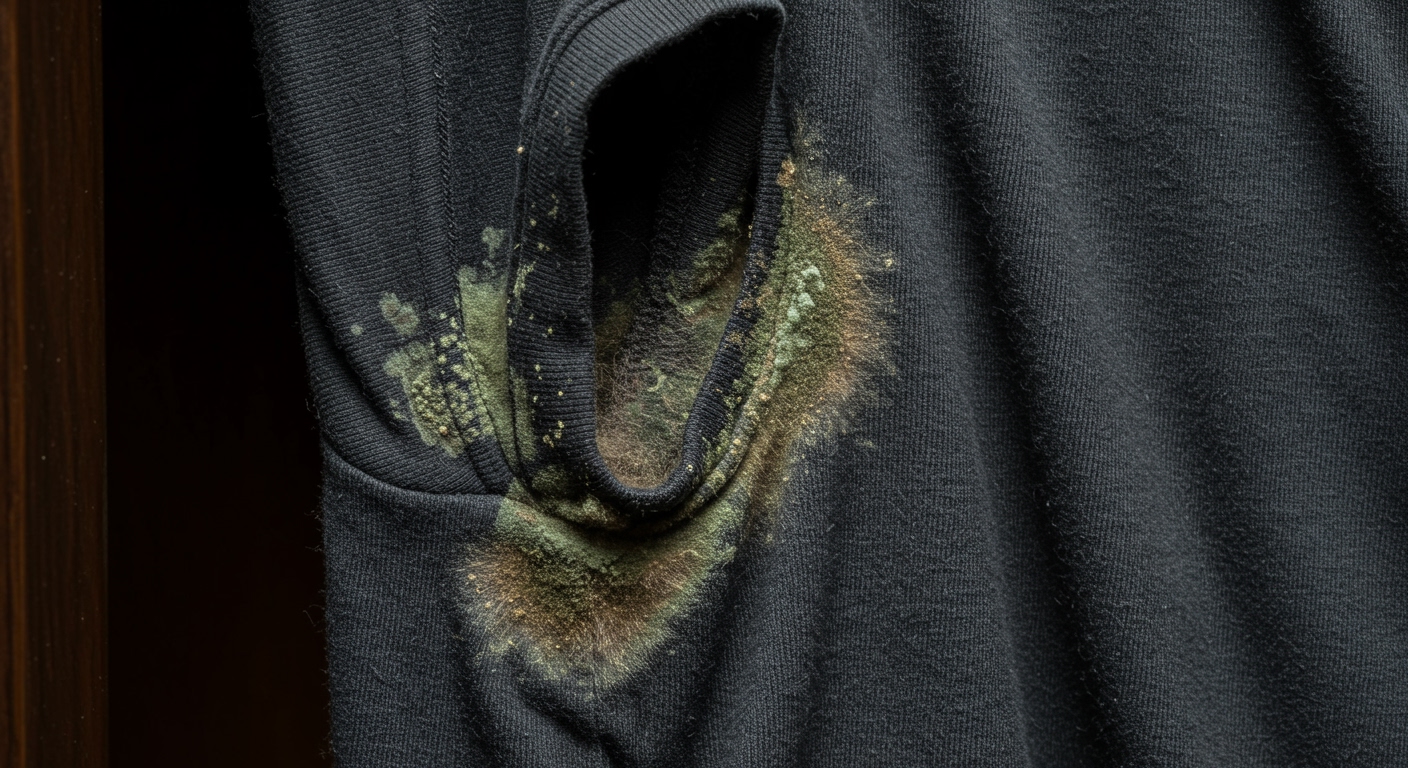
Stagnant air is a mold’s best friend. Improving airflow is crucial for wardrobe mold prevention.
- 1. Avoid Overcrowding: Resist the urge to cram too many clothes into your closet. Tight packing restricts airflow, trapping moisture and creating microclimates where mold can flourish.
- 2. Strategic Hanging: Use appropriate hangers (e.g., wooden or padded hangers that allow clothes to breathe) and leave at least an inch of space between garments.
- 3. Closet Ventilation:
- a. Keep Doors Ajar: If practical, especially in humid conditions or after showering, leave closet doors slightly open to allow air exchange.
- b. Vents and Fans: Ensure any existing closet vents aren’t blocked. For particularly problematic closets, consider installing a small exhaust fan or periodically directing a portable fan into the closet.
- c. Regular Airing Out: Periodically empty and open your closet to fresh air, especially on dry, sunny days.
C. Smart Storage Solutions: Protecting Garments from Damp Conditions
- 1. Store Only Dry Clothes: This cannot be stressed enough. Even slightly damp items (from sweat, residual laundry moisture, or recent wear) are an open invitation for mold. Ensure everything is bone dry before it enters the closet.
- 2. Appropriate Storage Bins:
- a. Breathable Bags: For natural fibers and delicate items, cotton garment bags or breathable fabric storage bins are ideal as they allow air to circulate.
- b. Airtight Containers: For long-term storage of less frequently used items (like seasonal bedding or rarely worn special occasion outfits), airtight plastic containers can be useful, but only if you are absolutely certain the contents are perfectly dry. Otherwise, you risk trapping existing moisture, leading to mold.
- c. Avoid Cardboard: Cardboard boxes readily absorb moisture and also provide a food source for mold, making them unsuitable for long-term clothes storage in humid areas.
- 3. Elevate from Floors: Use shelves, risers, or furniture legs to keep clothes, shoe boxes, and storage bins off potentially damp floors.
- 4. Cedar Wood Benefits: Reiterate the use of cedar blocks or cedar-lined closets. Beyond its pleasant scent, cedar naturally absorbs some moisture and is a known repellent for moths and other pests, contributing to effective stop closet mildew efforts.
D. Regular Maintenance & Vigilance: Keeping Mold at Bay
- 1. Routine Cleaning: Dust and vacuum your closet regularly. Dust provides a food source for mold spores.
- 2. Inspect for Leaks: Periodically check the closet walls and ceiling for any signs of water stains, peeling paint, or dampness, which could indicate a hidden plumbing issue or roof leak.
- 3. Seasonal Checks: Be extra vigilant during humid seasons (spring and summer), inspecting clothes and the closet interior more frequently.
- 4. Laundry Practices: Always ensure clothes are thoroughly dried – either in a dryer or air-dried – before putting them away. Never put damp towels or workout clothes directly into the hamper or closet.
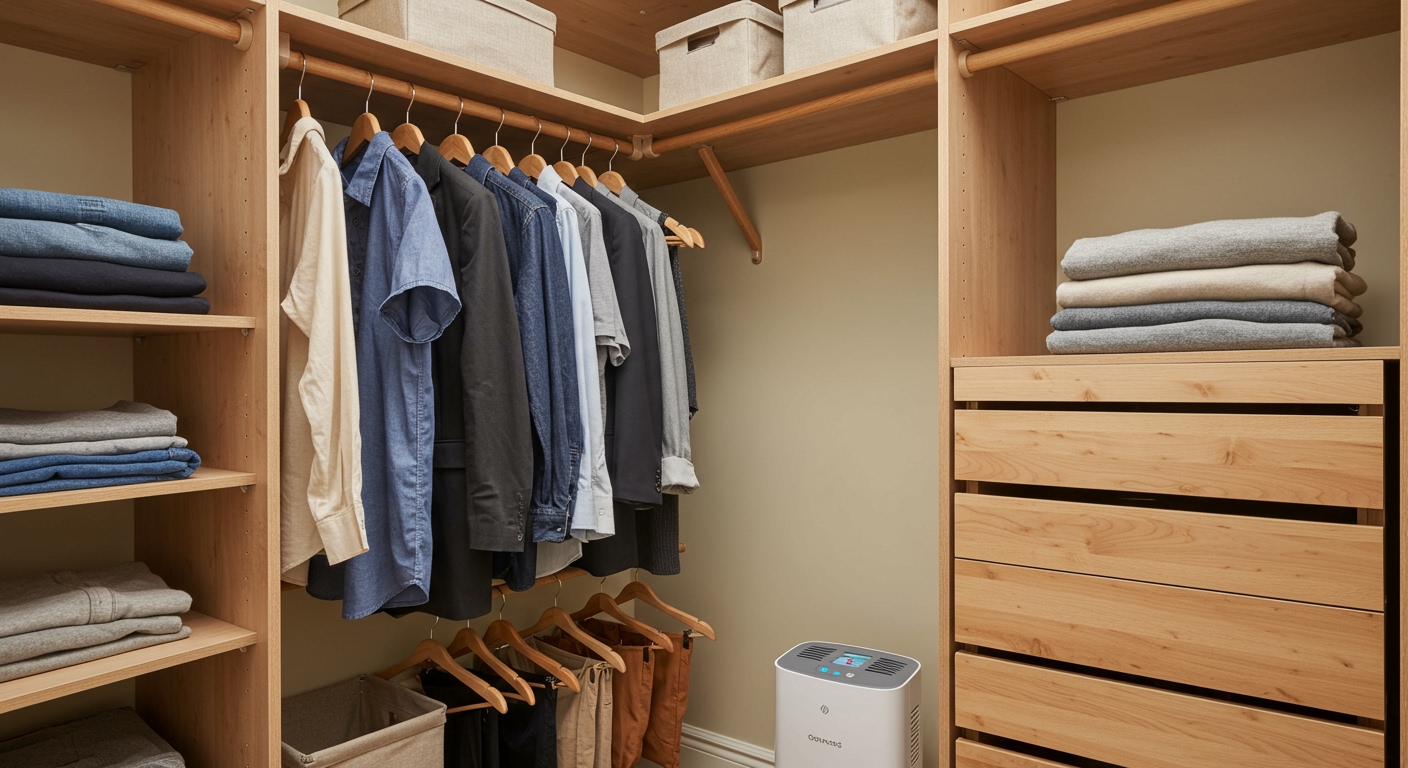
V. Beyond the Basics: Advanced Tips and Long-Term Solutions
- A. Temperature Control: While not as critical as humidity, maintaining a consistent, moderate room temperature (around 68-72°F or 20-22°C) can help prevent condensation, which can lead to keeping clothes mold-free.
- B. Insulating Exterior Walls: If your closet is on an outside wall that feels cold or damp to the touch, consider adding insulation to help regulate temperature and prevent condensation within the wall cavity.
- C. Closet Organization Systems: A well-designed organization system naturally improves airflow. Open shelving, fewer bulky drawers, and adjustable rods can all contribute to better ventilation.
- D. Vacuum Storage Bags: These can be excellent for long-term protection of items you won’t need for months, but again, ensure the contents are absolutely bone-dry before sealing. They completely remove air, preventing mold growth once sealed [3].
- E. Addressing Source Issues: If you live in a consistently humid climate or have recurring mold issues throughout your home, consider larger solutions like a whole-house dehumidifier, improving home ventilation, or addressing foundation issues that allow moisture penetration.
VI. Conclusion: Your Commitment to a Healthy, Mold-Free Wardrobe
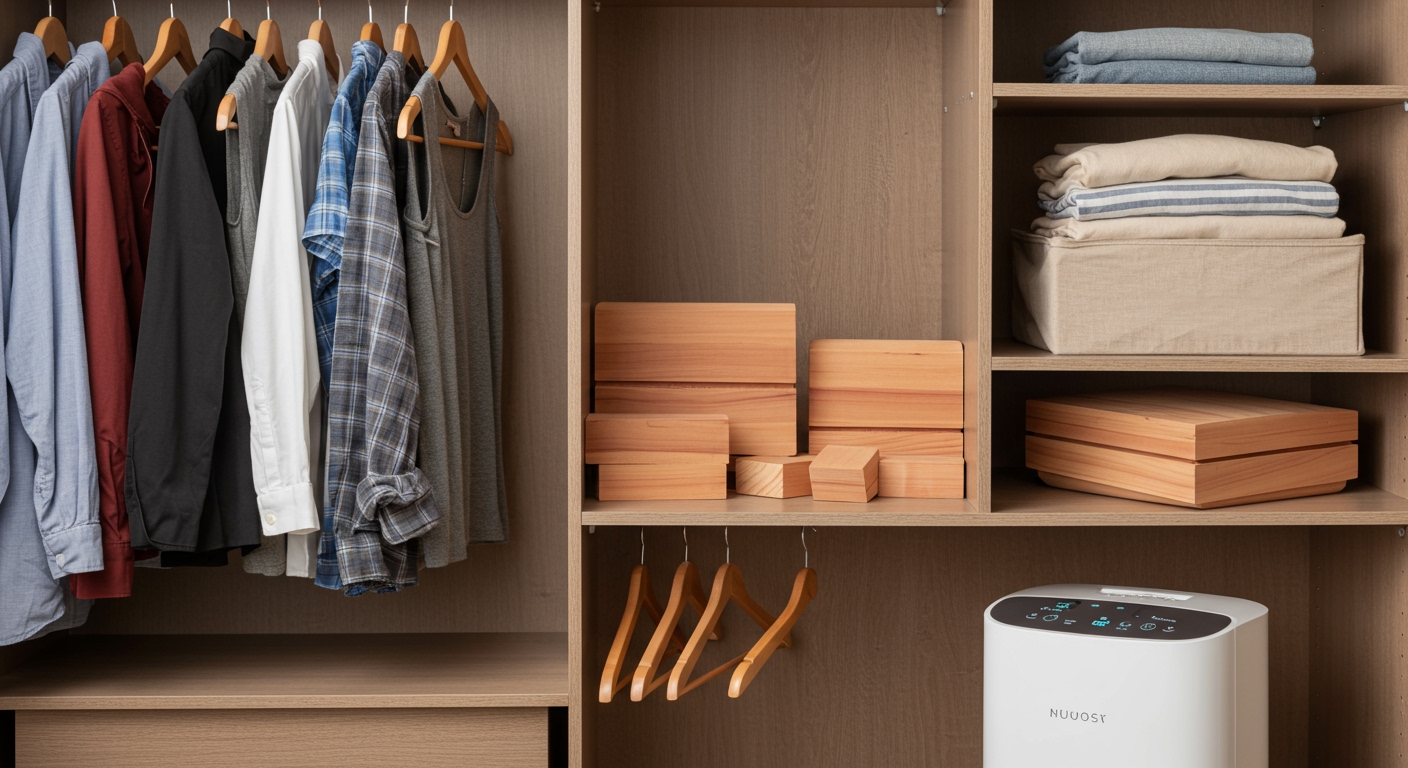
Successfully preventing mold growth on clothes in closet is an achievable goal. By implementing the key strategies we’ve discussed – diligently controlling humidity, optimizing air circulation, adopting smart storage habits, and committing to regular maintenance – you can create an environment where mold simply cannot thrive. The benefits are clear: preserved clothing, a fresh-smelling wardrobe, peace of mind, and a healthier home environment.
Don’t let the musty smell of mildew diminish your favorite garments. Take these practical steps consistently, and you’ll achieve lasting success in keeping clothes mold-free. Your wardrobe (and your nose!) will thank you.
References
- [1] Environmental Protection Agency (EPA) – Mold Remediation in Schools and Commercial Buildings Guide
- [2] ASHRAE Standard 62.1-2016 – Ventilation for Acceptable Indoor Air Quality (General principles for indoor air quality and humidity)
- [3] Centers for Disease Control and Prevention (CDC) – Facts About Mold


